Looduslikud seinast seina vaipkate ja ääristatud vaip: looduslikust materjalist valmistatud vaip, oma erinevate positiivsete omaduste, kaunite mustrite ja pehme olemusega, tagab luksusliku ning mõnusa kasutuselamuse igas kodus.
Sissejuhatus:
Kui mõtleme vaibale, siis soovime enamat kui pelgalt esteetikat. Looduslikust materjalist vaip on looduse, ajaloo ja käsitöö kooslus. Selles postituses keskendume naturaalsetest materjalidest valmistatud seinast-seina vaipkatetele ja ääristatud vaipadele. Kirjeldame villa, sisalt, kitsevilla ehk kašmiiri, villa ja kookosvaipu.
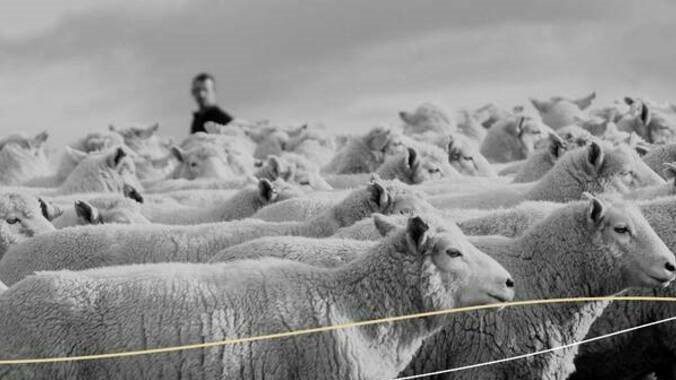
Villast vaipkatted ja vaibad: mugavad ja luksuslikud villast vaibad on saadaval taftitud, kootud ja wilton seinast seina vaipkatetena ning ääristatud vaipadena.
Villavaipade ajalugu:
Alates antiikajast on villased vaipkatted olnud osa kultuurist ja traditsioonist. Neid on nähtud nii kuninglike paleede põrandatel kui ka lihtsate talumajade eluruumides, olles alati märgiks kvaliteedist ja stiilist.
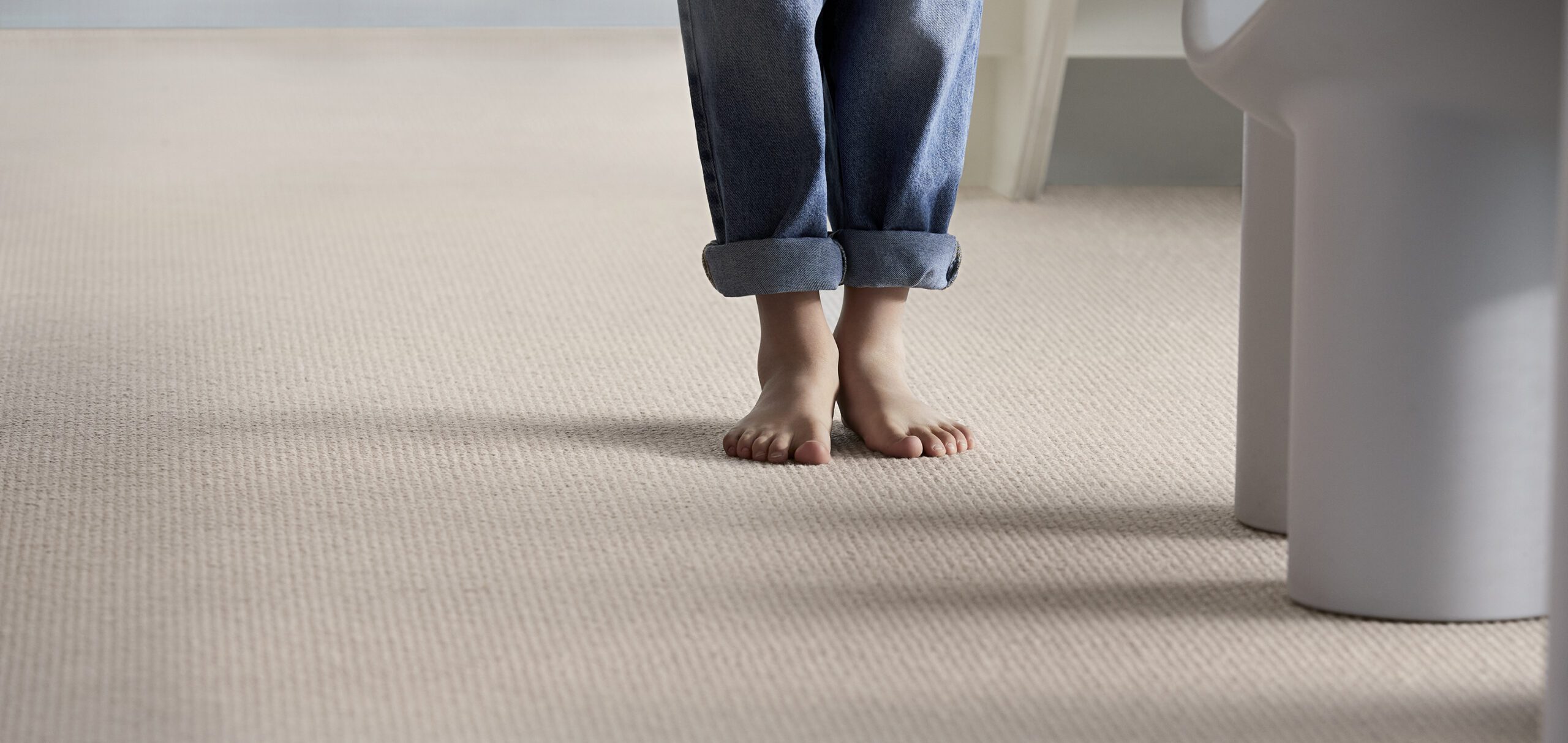
Villase vaipkatte eripära:
Loodussõbralikkus: vill on naturaalne looduslik materjal, seda kogutakse lambalt, tagades vaipade tootmiseks keskkonnasõbraliku ja taastuva toorme.
Hoolduse lihtsus: villavaibad on mõnusalt pehmed, ja nende hooldus on üllatavalt lihtne. Korralik tolmuimejaga puhastus hoiab vaiba puhtana.
Tervise eelised: vill aitab luua tervislikku sisekliimat. Villavaip ei lase allergeenidel levineda ja vähendab lendleva tolmu hulka ruumis.
Vastupidavus ja funktsionaalsus: vill on materjalina vastupidav, mis tagab vaipkatete pika eluea. Kuna villakiud on elastsed, siis on villavaibad kauakestvad ning neisse ei teki lihtsasti käigurajad.
Värvide sügavus: tänu villa eripärale säilitavad vaipkatted erksad toonid aastaid.
Villast vaipkatted on jala all soojad, vähendavad hästi sammumüra ning aitavad tasakaalustada ruumi õhuniiskuse taset.
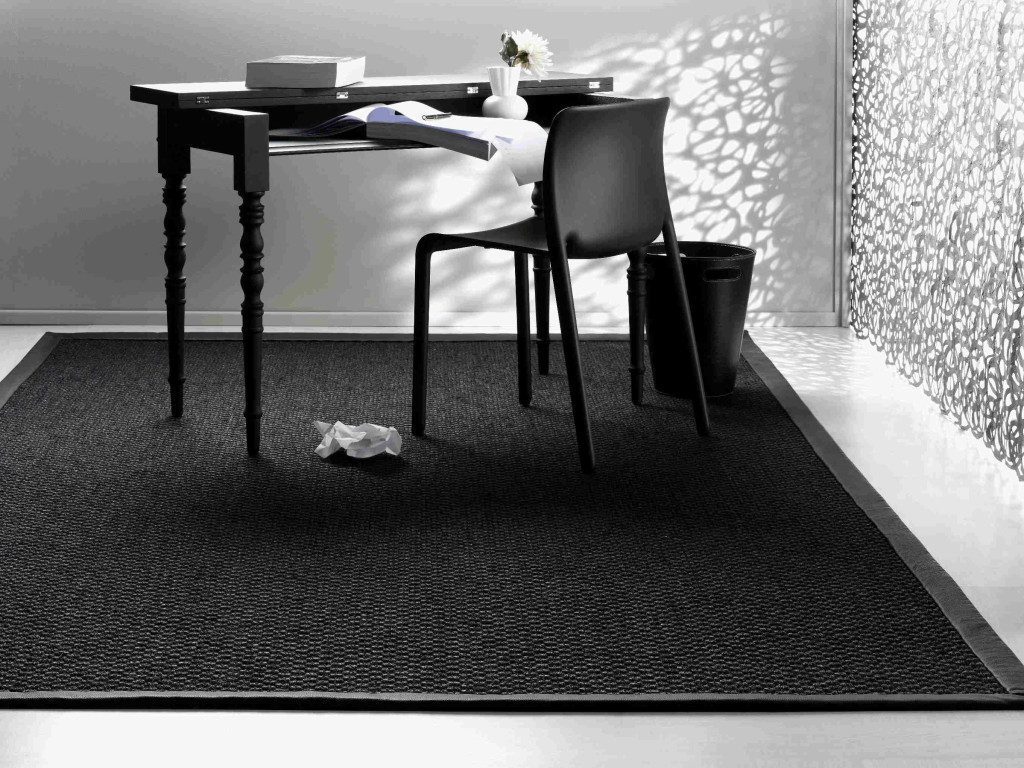
Ärristatud vaip:
Seinast seina vaipkate on küll elegantne, kuid ääristatud vaipadega saame lisada muu põrandakattega viimistletud ruumi isikupära ja stiili. Erinevate värvide ja tekstuuride valik võimaldab luua ainulaadseid lahendusi igasse ruumi. Vaipade ääristamine, olgu see siis lõngast, chenille’st, puuvillast või nahast, annab vaipadele lõpliku viimistluse ja visuaalse eksklusiivsuse.
Villavaip või villane vaipkate Viimistluskaubamajast!
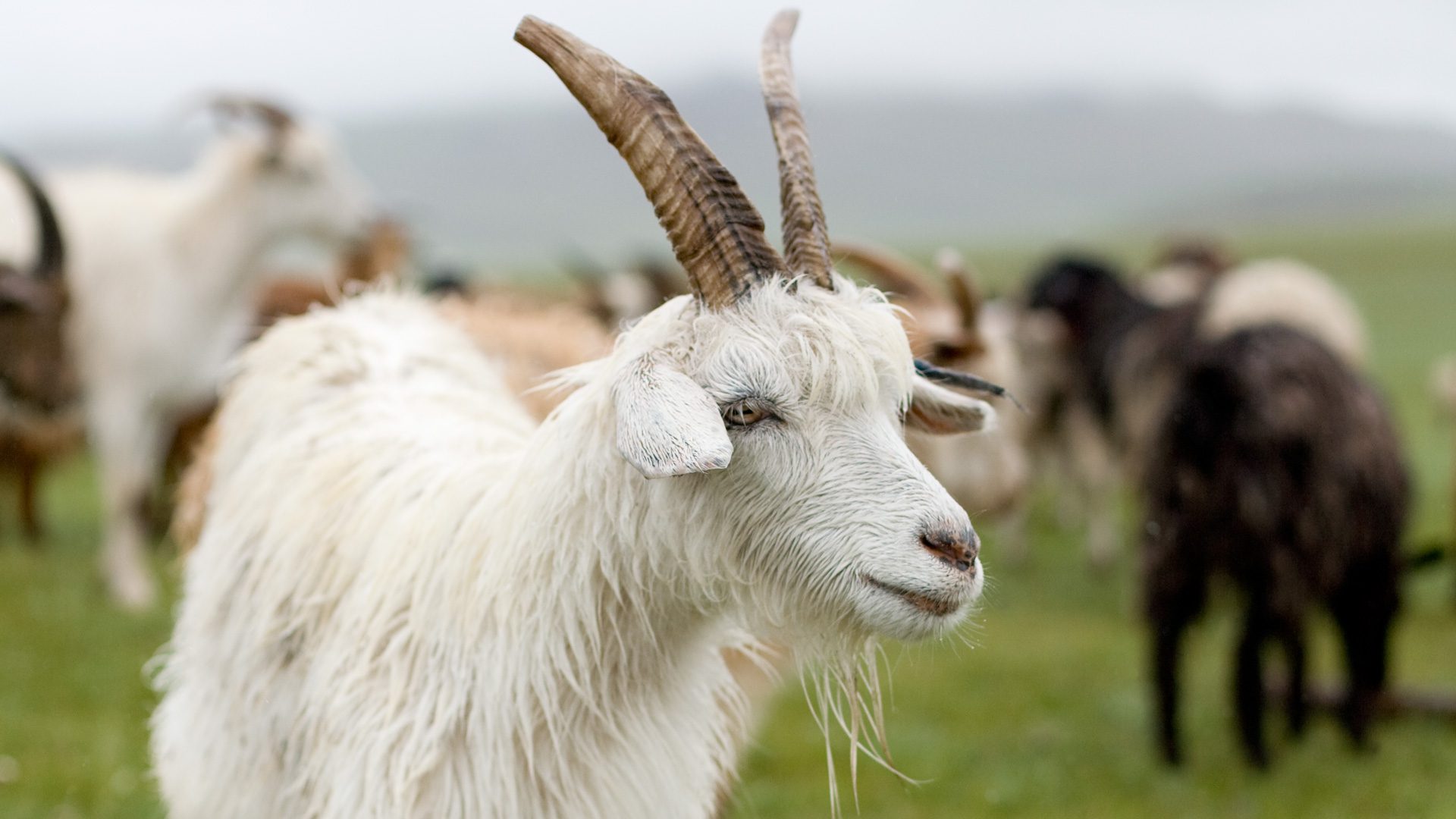
Kitsekarvast vaipkatted ja ääristatud vaibad: Tretfordi vastupidavus igas villakius.
Seinast seina vaipkatete ja ääristatud vaipade laias valikus eristub Tretford märkimisväärselt tootes toonidelt elava ja ainulaadse kašmiirkitsevilla vaipkatteid ja ääristatud vaipasid. Olgu tegemist seinast-seina vaipkattega, koridorivaipadega, trepivaipadega või ääristatult valmistatud INTERART vaipadega, on Tretfordi valik suurepärane näide kitsevilla luksusest ja ekstreemsest vastupidavusest.
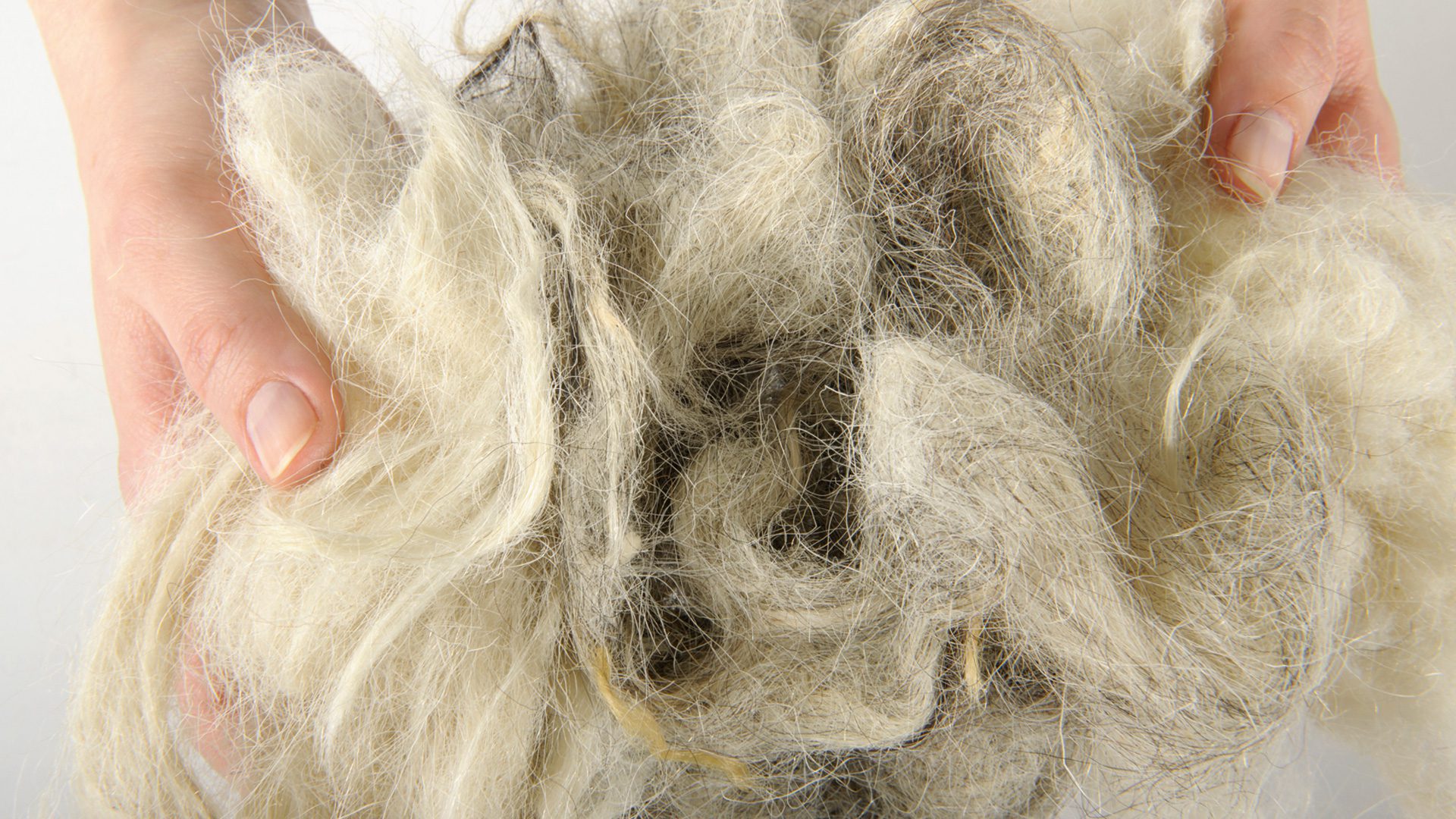
Kašmiirkitsevilla olemus:
Kašmiirivill on tuntud pehmetest kampsunitest, hubastest tekidest ja peenetest sallidest. Tretford kasutab antud villa vaipade tootmiseks. Kašmiirkitsevill on tuttav oma peene aluskarva poolest, mida kasutatakse peenete rõivaste jaoks. Tretford kasutab vaipade jaoks antud villa tugevamat välimist kihti. Antud valik tagab mitte ainult vaibale tugevuse, vaid tänu antud villa looduslikele rasvadele tagab ka selle, et vaibad on mustust tõrjuvad ning lihtsasti puhastatavad.
Tretfordi kitsevilla vaipkatete ja vaipade ainulaadsed omadused:
Looduslikud omadused: Mongoolia armutu kliima, mis kõigub kuumadest suvedest kuni külmade talvedeni tagab, et kitsed arendavad õrna aluskarva, mille nad kevadeks maha ajavad. Antud vill eristub, olles palju peenem kui tavaline lambavill. Igalt kitselt saab ca 150-200g antud suurepärast materjali viapade tootmiseks.
Kitsevillast vaip aitab reguleerida ruumi õhuniiskust: kitsevilla vaibad ja vaibad loovad suurepärase sisekliima. Kitsevill suudab imada kuni 40% oma kaalust niiskust, tasakaalustades efektiivselt siseruumide õhuniiskust. See tähendab, et nad pakuvad suvel värskendavat jahutust ning talvel lisanduvat soojust. Lisaks suudab kitsevillavaip õhus leidvaid tolmuosakesi kinni püüda, soodustades tolmuosakestest puhtamat õhku. Tolmu saab vaibast lihtsalt kätte seda tolmuimejaga puhastades.
Erksad värvid: kašmiirkitsevilla ainulaadne tekstuur tagab vaibale erakordselt erksad värvid. Kasutades värvainete jaoks looduslikke materjale, võib üks toon hõlmata kuni 12 erinevat värvikomponenti. Tretford pakub oma valikus üle 60 erksa tooni.
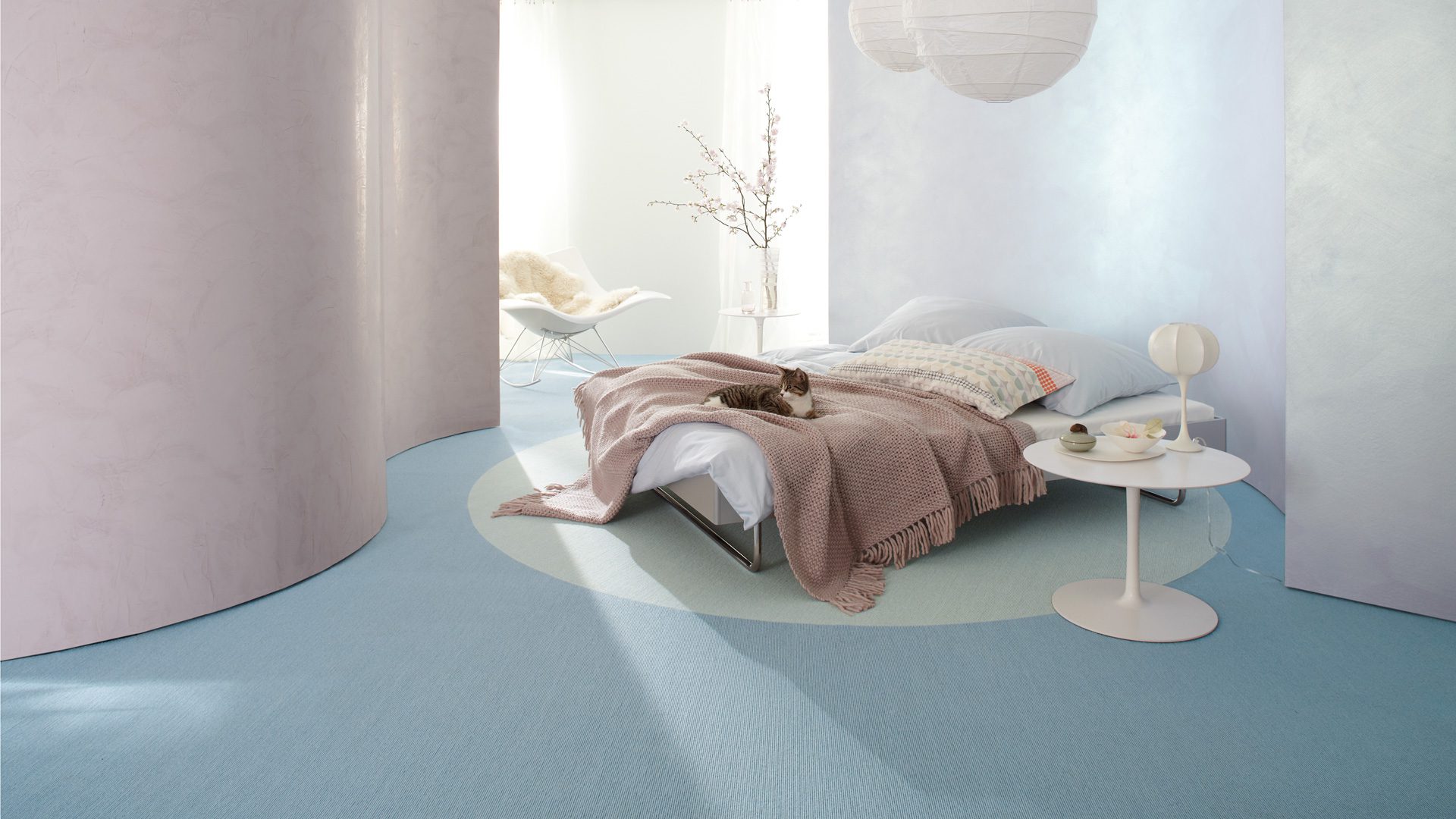
Innovaatiline tootmisprotsess
Tretford on vaipade valdkonnas võrdlemisi ainulaadse tootmismeetodiga. Nende eripärane üheosaline lõime liimimise protsess, kus alus ja vill liimitakse hammasratta abil kokku, annab brändile iseloomuliku kriimustatud disaini. See tehnika tagab mitte ainult kvaliteetsete, vastupidava toote, vaid garanteerib ka nende pika eluea – kitsevillavaip võib kesta üle 20 aasta.
Ainulaadne struktuur: Tretfordi vaibad, tänu nende ribilisele struktuurile, võib lõigata mis tahes suunas, ilma et vaip hakkaks hargnema. See tähendab, et kui vaiba mõni osa muutub kulunuks, saab seda vaevata asendada ilma, et asenduse koht jääks märgatav.
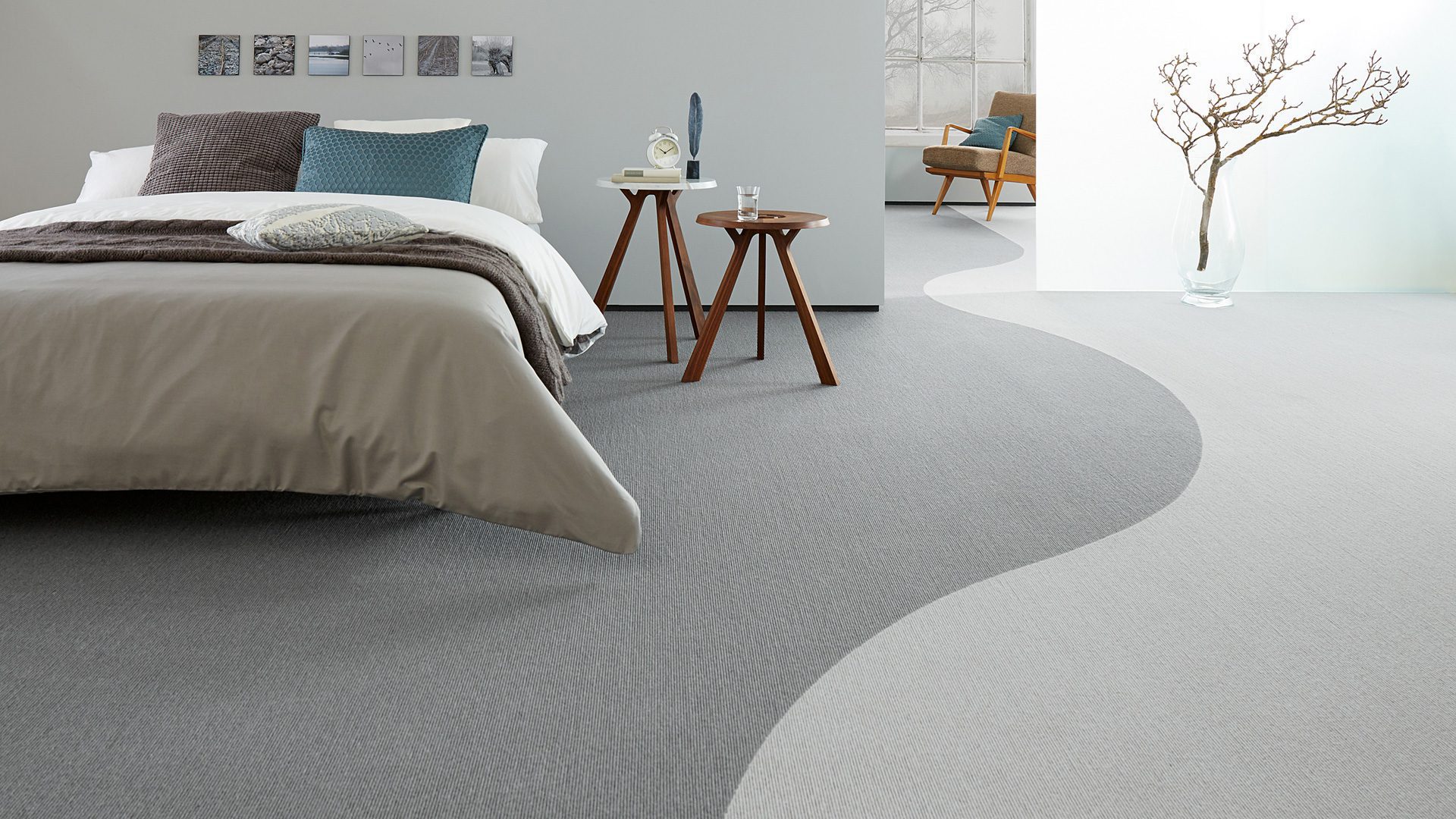
Interart vaip: lisaks vaipkatetele pakub Tretford INTERART disainitud vaipade kollektsiooni. Saksamaal käsitsi valmistatud vaipu on saadaval laias värvivalikus, tagades midagi iga maitse jaoks. Koosnedes kašmiirkitse karvast ja kitsetalle villast, on need soojad, vastupidavad ja tugevdavad heaolutunnet. Antud tooted sobivad hästi nii kodusesse, kui ka ühiskondlikusse kasutusse.
Ääristatud Tretfordi kitsevillast vaip: Tretfordi valikus on ka eksklusiivsed pilkupüüdvad ääristatud vaibad. Valikus on villane viltääristus, nähtavate õmblustega linase ääristus ja lõngaga ääristamise. Vaipadel mille mõõdud on vähem kui 2 x 6m on džuudist aluspõhi. Kõigil vaipadel mis on laiemad kui 2m on lisanduvalt džuudist aluspõhjale liisanduv fliisist aluspõhi. Maksimaalne mõõt ääristatud vaibale on 4x4m.
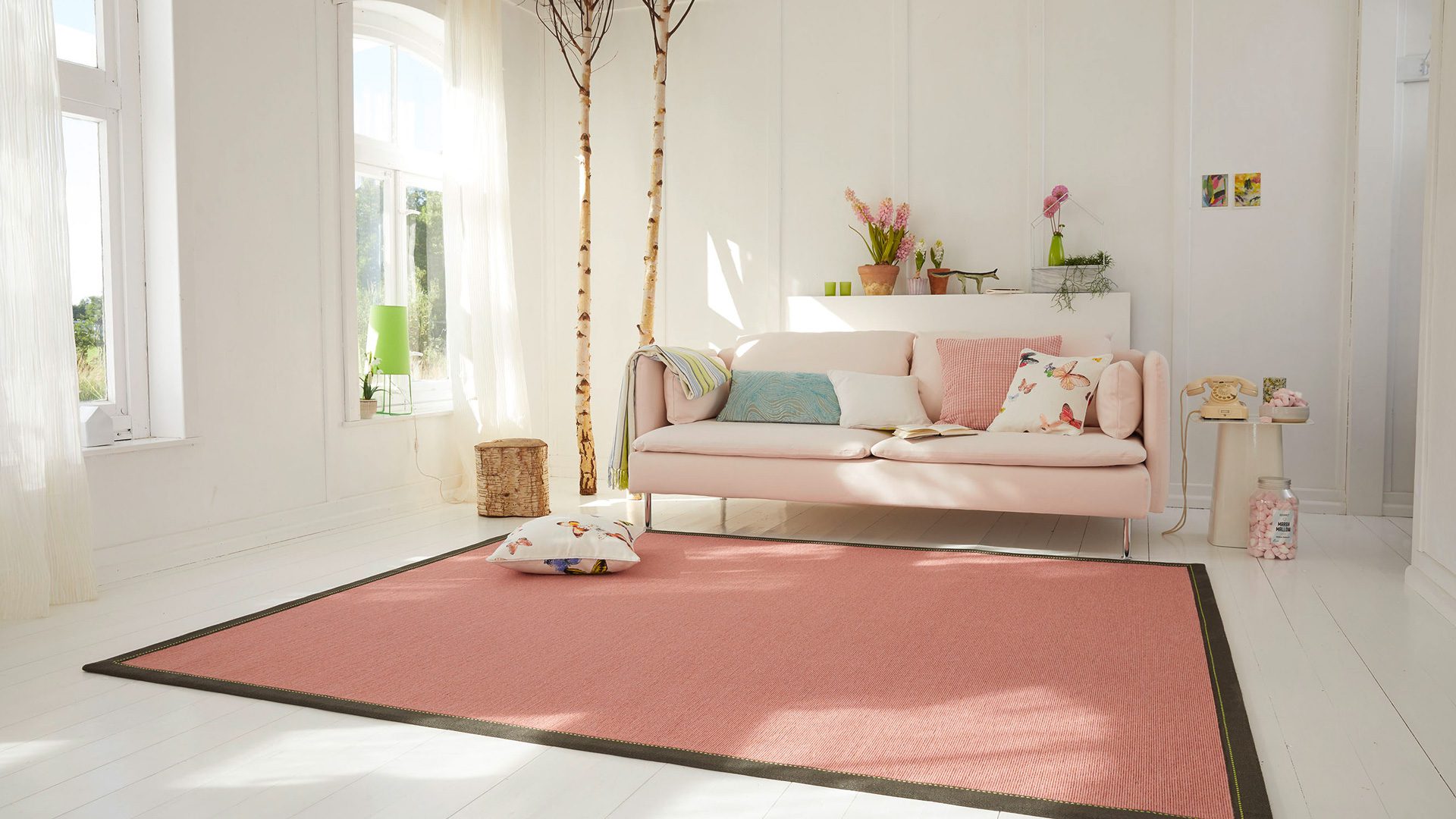
Tretfordi kollektsioonid: rahuldamaks erinevaid vajadusi, pakub Tretford INTERLAND ja EVER kollektsioone kodukasutuse tarbeks, mis koosnevad 80% kašmiirkitsevillast ja 20% lambavillast. Antud kollektsioone saab tellida koos koide vastase kaitsega. Kõrge koormusega ühiskondliku kasutuse tarbeks pakutakse INTERLIFE kollektsiooni. INTERLIFE kollektsiooni vaipkatted ja vaibad koosnevad 70% kašmiirkitsevillast ja 30% polüamiidist. Antud valik on optimaalne tagamaks võime taluda kontoritoolide rataste poolt tekitatud kulumist. Interlife kollektsioon hõlmab kõiki koridorivaipade tüüpe. Antud kollektsioonis on lisaks 2m laiusele rullivaibale ja ruudu kujuga plaatvaible ka pikema formaadig plaatvaibad mille abil saab näiteks moodustada kalasaba mustrit. INTERLIFE kollektsiooni vaibast on valmistatud ka runner-tüüpi vaibad mille pikkus on 2-22m ja laius 1m.
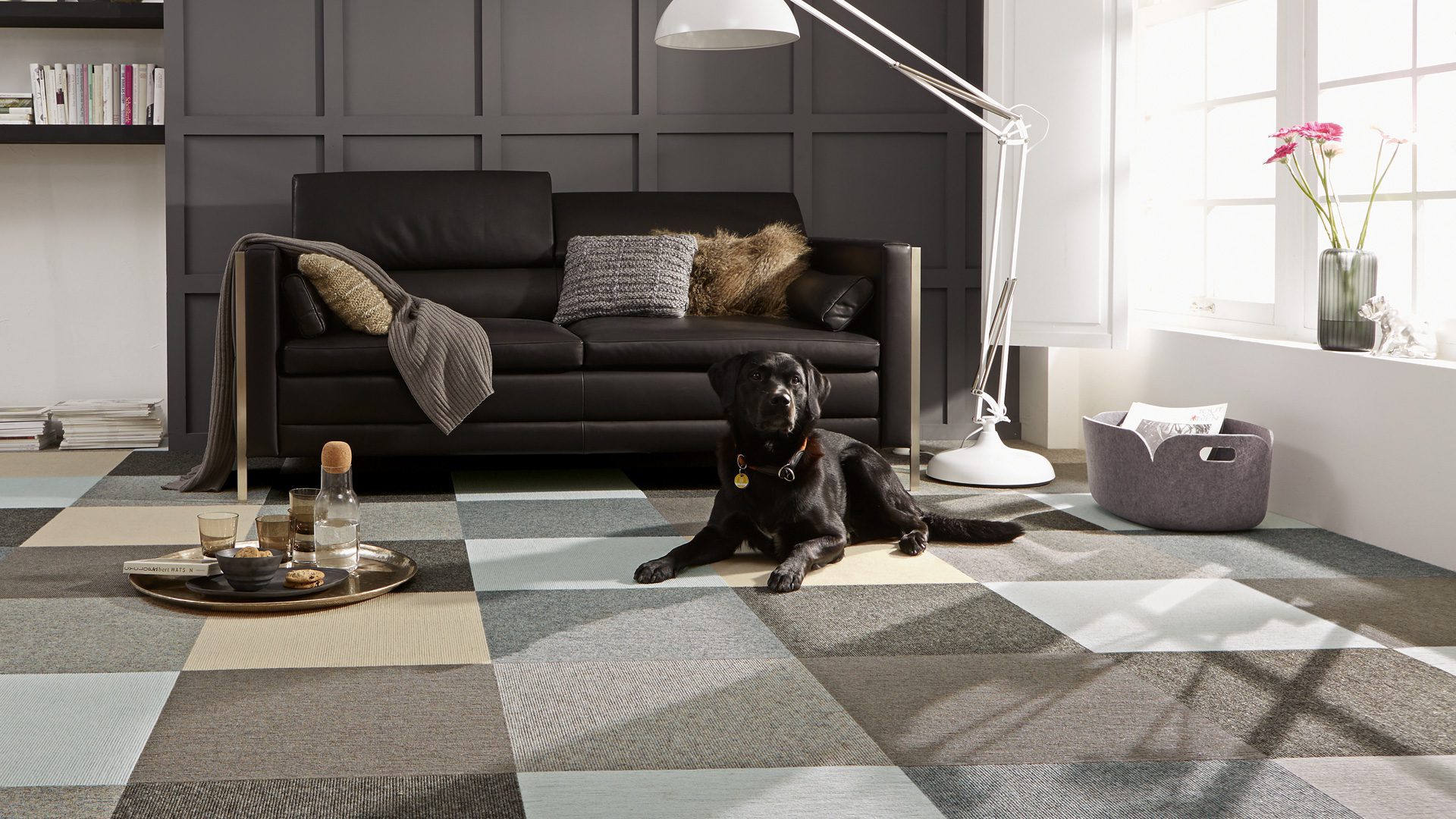
Paigaldamine ja hooldus:
Tretfordi vaipkatte paigaldamine on lihtne – kasutades vaibateipi või liimides seda otse aluspõrandale.
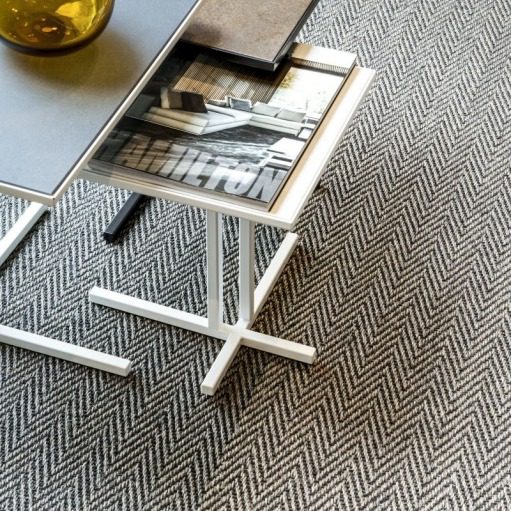
Sisalist seinast seina vaipkate ning ääristatud vaip: naturaalsest materjalist vastupidavaim lahendus.
Sisali seinast seina vaipkatete ja ääristatud vaipade eelised.
Paljud koduomanikud eelistavad sisalit, sest see sobib hästi nii modernsetesse kui ka klassikalises stiilis kodudesse. Peale selle, et sisal näeb hea välja, on see ka keskkonnasõbralik ja loomulik.
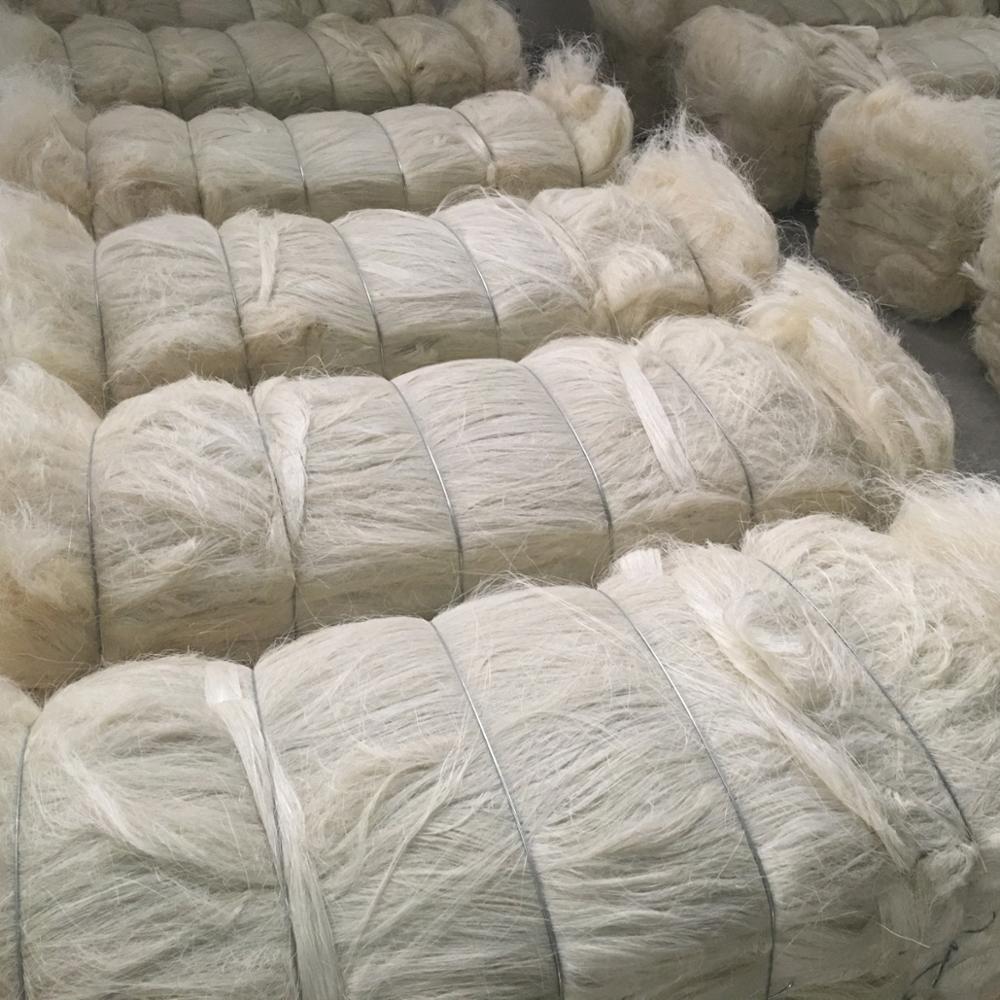
Kust pärineb sisalvaiba toore:
Sisali kiudusid saadakse subtroopilise kaktuselise agaavi (agave sisalana millest muide toodetakse ka tequilat) lehtedest, millest metallkammi abil eraldatakse pikad ja peened kiud, kuivatatakse need ära, töödeldakse niiditaoliseks materjaliks ning kootakse vaibaks. Sisalkiude saab soovitud värviga värvida aga valdavalt eelistatakse tänapäeval just naturaalseid toone. Arvestades sisali toorme sagedast kasutamist köie ja nööri tootmisel, on selle vastupidavus vaieldamatu
Sisali vastupidav olemus:
Olles täiesti orgaaniline, on sisalil muljetavaldav vastupidavus. Tuntud kui üks vastupidavamaid looduslikke kiude, sobib sellest toodetud vaip suure kasutuskoormusega aladele, nagu sissepääsud ja koridorid. Sisali kiud on vastupidavad rebimisele ja värvimuutustele, seetõttu võimaldavad teostada mitmesuguseid keerukaid tekstuure ja mustreid. Sisalkiust vaibad ja vaipkatted on head soojusisolaatorid, nad on süttimis- ja pleekimiskindlad. Sisalist vaipkatted on antistaatilised. Kuigi sisal pehmeneb aja jooksul, säilib selle loomulikud vastupidavus. Sisal on eriline oma omaduste poolest – sisal on vastupidav, aitab tasakaalustada ruumis niiskust, summutab hästi sammumüra ja on heade soojust tasakaalustavate omadustega. Ehkki sisal pole loomulikult plekikindel, lisavad mõningad vaipade tootjad, nagu Tasibel, lisanduva plekkidevastase kaitse, muutes võimalikud plekid vähem murettekitavaks.
Sisali jätkusuutlik olemus:
Agave Sisalana kaktus, millest sisal pärineb, kasvab piirkondades, mis ulatuvad Ida-Aafrikast Kesk- ja Lõuna-Ameerikani. Ühest lehest saadakse umbes 1,000 kiudu. Arvestades Agave Sisalana kiiret kasvutsüklit ja kuni kaheteistaastast produktiivset eluiga, on tegu taastuva ressursiga. Kui taime elutsükkel lõpeb, kasutatakse seda loomade toiduks või mõnel juhul, nagu Tansaanias, elektri tootmiseks.
Keskkonnasõbralik valik:
Sisali üheks positiivseks omaduseks on asjaolu, et see on biolagunev. Teadmine, et teie põrand ei muutu prügilajäätmeteks pärast selle elutsükli lõppu, teeb sellest toodetud vaiba keskkonnateadlikele inimestele sobivaks lahenduseks.
Loomuomane mitmekülgsus:
Erinevad naturaalsed toonid, kudumismustrid ja struktuurid tõstavad esile sisali mitmekülgsuse. Olgu see seinast seina vaipkatte või ääristatud vaip, sisal võib lisada igasse ruumi hubasust. Sisalist saab tellida samuti ääristatud vaipa. Ääristuseks on pakkuda rikkalik värvide valik ning samuti ka suures valikus erinevaid materjale nagu lõng, šenill, puuvill, nahk või linas.
Praktilisus:
Sisal põrandad on tuntud oma pika eluea, niiskuse imendumise ja võime poolest tasakaalustada ruumi niiskust. See sobib kõige paremini aladele, kus on minimaalne potentsiaalsete plekkide tekkimise oht. Tolmuimeja tavaliselt piisab sisalist toodetud vaipade puhtana hoidmiseks.
Naturaalne toode mis tagab tervisliku elukeskkonna:
Sisal eraldab minimaalselt lenduvaid orgaanilisi ühendeid (VOCs), mis on tuntud õhusaasteained ja võivad avaldada kahjuliku mõju tervisele. Sisalvaip on üks parimatest lahendustest allergikutele. Lisaks on märkimisväärne sisali loomulik resistentsus mikroobide, sealhulgas E. coli vastu.
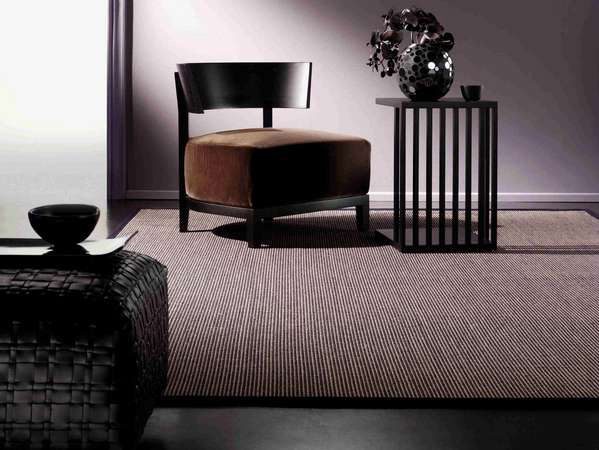
Hooldusnõuanded:
Tänu oma vastupidavatele kiududele ja staatikavabale olemusele ei kleepu mustus nende külge. Tavaliselt piisab nädalasest tolmuimeja kasutamisest. Kui sisal vaip saab märjaks, tupsutage seda kohe niiske lapiga ja kuivatage, vajutades rätikut märga piirkonda.
Järeldus:
Sisal ei pruugi olla valides vaipkatet alati esimene valik, kuid neile, kes hindavad vastupidavat looduslikku lahendust koos keskkonnateadlikkusega, on see suurepärane valik.
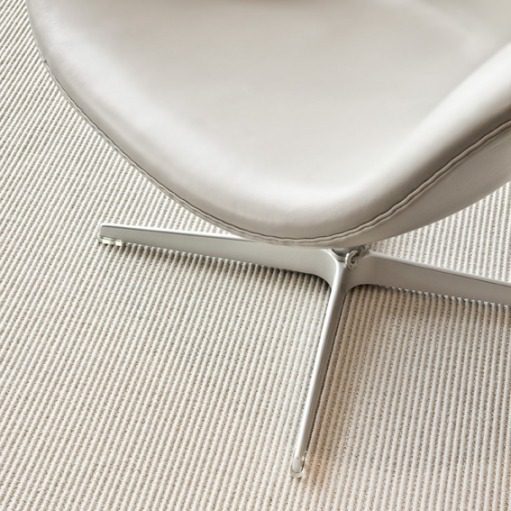
Villa ning sisali kooslusega toodetud vaipkatted ning vaibad: pehmuse ja vastupidavuse kooslus.
Kui süveneda villast ning sisalist vaipkatete ning vaipade omadustesse järeldub, et antud koosluses on tagatud mõlema materjali positiivsete omadused ühendades villa mõnusat pehmust ning sisali märkimisväärset tugevust. Villast ja sisalist toodetud vaipkatted ja vaibad on mugavad ja vastupidavad.
Villa ja sisali koosluse naturaalsed omadused:
Mõlemad, nii vill kui ka sisal, on tuntud oma naturaalsuse ja positiivsete omaduste poolest. Sisalkiud on tugev ja vastupidav materjal, mistõttu sobivad sisalist vaibad või seinast-seina vaipkatted ka ühiskondlikkesse ruumidesse. Antud materjalide ühendamine annab vaiba, mis on jala all meeldivalt pehme ning lisanduvalt ka kauakestev.
Villast ja sisalist vaipade omadused:
Looduslikud toonid: antud vaibad ja vaipkatted on saadaval erinevates naturaalsetes toonides, mis sobivad oma olemuse poolest nii modernse kui ka klassikalise sisustustega interjööri.
Mitmekülgsus: antud vaipkate on saadaval 4m laiuses rullis seinast seina vaipkattena ning sellest saab lõigate sobivas suuruses vaipa mida saab ääristada sobiva materjaliga.
Ääristamise valikud: vaipa saab ääristada sobivas toonis lõnga, šenilil-, puuvilla-, nahk- või linase äärisega.
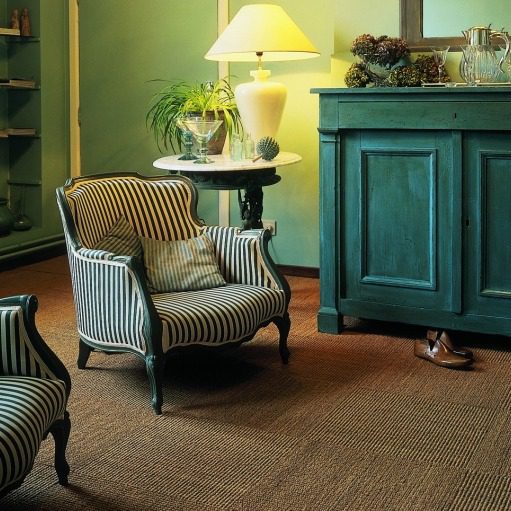
Kookosest seinast seina vaipkatted, plaatvaibad ja ääristatud vaibad.
Kookose kiud: loomulik alternatiiv kookose koorest.
Kookose kiud, mis on saadud kookose koorest, on üks esimesi materjale, mida on kasutatud vaipkatete tootmiseks. Oma märkimisväärse vastupidavuse tõttu on kookose kiud tugev konkurent sisali ja teistele õrnematele looduslikele kiududele vaipade tootmiseks, eriti kõrge kasutuskoormusega aladel.
Enamik kookose toormest pärineb Indiast, eriti Keralast, kus kasvavad kookospalmid. Kookose koored leotatakse eelnevalt mitmed kuud värskes vees, millele järgneb pehmendamiseks kudede peksmine. Need jämedad kiud keeratakse käsitsi nende robustse olemuse tõttu, mille tulemuseks on “kayar”, tugev ‘lõng’, mida kasutatakse toodete jaoks nagu porimatid, köied ja kotid. Kookose ainulaadne tekstuur annab soojust, mida kaasaegsed sünteetilised materjalid ei suuda järgi teha.
Kookos vaipkattena
Kookose vastupidavus antud vaibad sobivaks kõrge koormusega aladele. Mitte ainult ei paku kookosest toodetud vaibad alternatiivi tavapärastele vaipadele, vaid see on ka alternatiiviks õrnematele looduslikele materjalidele, mis võivad kiiremini kuluda. Alates vaipadest kuni uksemattideni mida toodetakse antud materjalist tagab kookose tugev kiud tavapärasest suurema vastupidavuse. Kuigi kookose kiust vaip sobib enamus aladesse, tuleks vältida selle kasutamist niisketes alades, nagu köök ja vannitoad. Paigaldamine tuleks jätta spetsialistidele, kes on antud spetsiifilise materjaliga tuttavad. Kvaliteetne alusmaterjal on soovitatav, pikendades vastupidavust, tasandades ebatasasusi ja pakkudes soojustusomadusi.
Kookose põrandakatete eelised: loodust säästev tootmisprotsess, säilitades oma loomuliku tugevuse ja vältides sünteetilistes töötlusest leiduvaid kemikaale. Vastupidavus hallitusele ja niiskusele. Kookosest toodetud vaip talub aeg-ajalt veega kokkupuutumist ilma oluliste kahjustusteta. Meeldiv tuhmumine intensiivse päikesevalguse käes, mille tulemuseks on kuldne toon. Suurepärased heli summutavad omadused. Loomulik vastupanu kahjuritele, eriti koidele. Lihtne hooldus regulaarse tolmuimejaga. Niiskuse regulatsioon, imedes ja vabastades niiskust vastavalt toa tingimustele. Hüpoallergeensed omadused, mis on kasulikud astma ja allergia all kannatavatele inimestele. Libisemisvastane pind tagab ohutuse. Roheline valik, olles 100% biolagunev ja keskkonnasõbralik. Kookosest vaipu, nagu nende analooge, saab viimistleda sobiva lõngaga, šenilliga, puuvillaga, nahaga või linase äärisega, et anda neile lõpetatud ilme. Koosvaibad mida pakume sisaldavad alati osaliselt sisalit moodustades vaiba või vaipkatte, millel on heli summutavad, soojusisolatsiooni ja antistaatilised omadused.
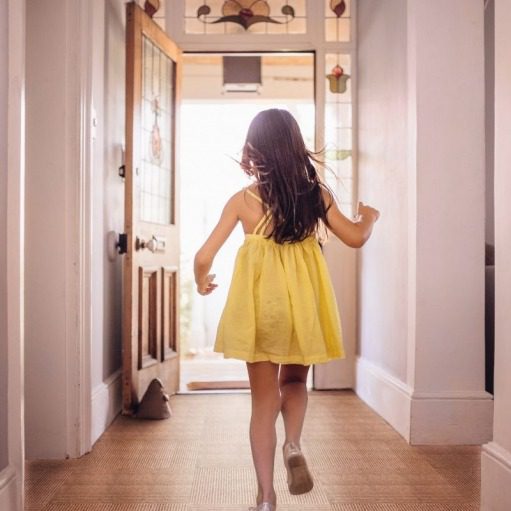
Kookosest vaipkatete piirangud
Ainult kookosest vaip reageerib niiskusele, laieneb või tõmbub kokku, mõjutades ajas vaiba mõõte. Pikaajaline kokkupuude karmi päikesevalgusega võib nõrgendada selle kiude. Ei sobi välistingimustesse kasutamiseks. Võib tunduda veidi kare, muutes sellega pikemaa kontakti ebamugavaks. Sisali segamine lõime nagu seda teeb Tasibel muudab kontakti pisut pehmemaks. Piiratud kättesaadavus mille tõttu pole antud lahendus ka eriti tuntud ega populaarne.
Kokkuvõtteks, kui ökoloogilisus on teie jaoks oluline ja otsite vastupidavat lahendust tegevusega täidetud ruumidele, siis kookos kerkib esile tšempionina. Oma jätkusuutliku olemuse tõttu tähendab see, et õige hooldusega võib kookose põrandakate tulla samast kookospalmist pikka aega.
Lõpetuseks:
Vaiba või vaipkatte valimine pole ainult esteetiline otsus. See on valik lisaks visuaalsusele ka nende naturaalsete ja positiivsete omaduste vahel. Kuigi villavaip on oma eelistega esirinnas, pakuvad erinevad looduslikud materjalid või nende kooslus, olgu see siis vill, sisal, kookos või kitsevill erinevaid lahendusi olgu need visuaalsed või praktilised olenevalt asukohast.